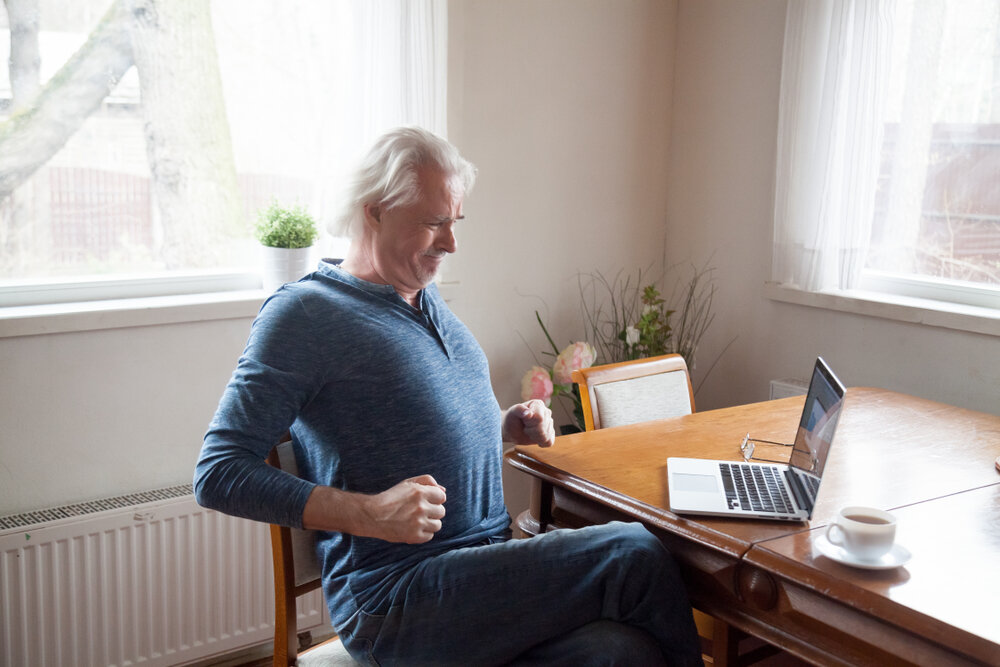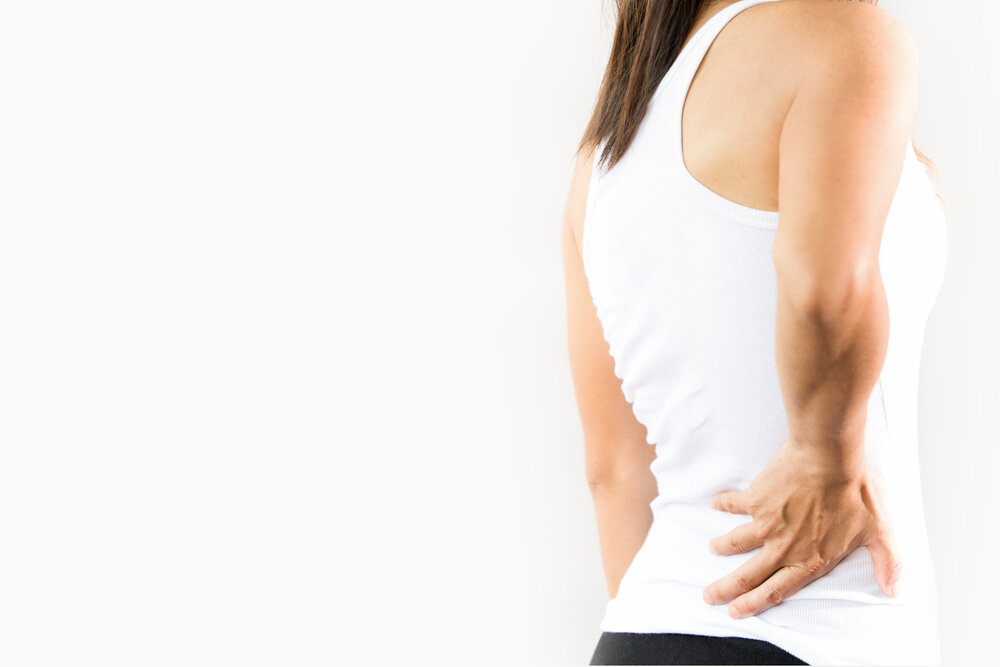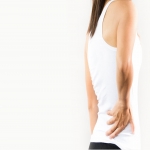Spinal stenosis takes place when space around your backbone narrows and the nerve roots are under pressure. The main cause is osteoarthritis. The bones start to rub with each other cartilage wears down. This can cause overgrowth in the space of the backbone (bone spurts).
Herniated discs, thickened ligaments, and abnormal growths are other causes of spinal stenosis. Paget’s disease or major backbone trauma can cause backbone stenosis. Visit the neck and spine doctor near you for the treatment.

Spinal Stenosis Types
The types of spinal stenosis are classified by where the condition occurs on the spine. More than one type can be available. The two most important types of backbone stenosis are:
-
Cervical Stenosis - The narrowing takes place in the spinal part of the neck in this condition.
-
Lumbar Stenosis - In such a case, the vertebrae part of your lower back will be narrowed. This form of spinal stenosis is the most common.
Spinal Stenosis Exercises
You might feel as if you are in too much pain for exercise, but your overall health depends on movement. Try to do stretching exercises every day.
If you haven't practiced for some time, begin slowly even a few minutes a day. Ideally, at least three times a week you should exercise for 30 minutes.
Try to do it in a pool if exercise is especially difficult. The water's buoyancy makes moving easier.
Regular training can contribute to better flexibility and balance, so that you can improve. It's good not only for your health, but can also enhance your sense of well-being.
Your neck and spine doctor or therapist can recommend exercises to strengthen your back and abdominal muscles. You can also learn how to do it safely. You may need a back strap to support you when your condition is severe.
See your doctor if exercise exacerbates your condition.
Symptoms
Many found spinal stenosis by CT or MRI scan or diagnosis, but have no symptoms. Often they begin gradually and worsen with time when they happen. The symptoms vary depending on the position and nerves of the stenosis.
In the Neck
-
Numbness in hand, feet or legs
-
Weak leg, arm and feet
-
Walk and balance issues
-
Pain in the neck
-
Bowel or bladder dysfunction

In the Lower Back
-
Numbness in feet
-
Weak leg of feet
-
Back pain Back pain
Contact Neuroscience Specialist for neck and spine doctor in OKC. We would help you with any kind of spine and back problems.
**Disclaimer- Information presented here is not intended to be qualified medical advice. Nothing expressed herein creates a doctor-patient relationship.

